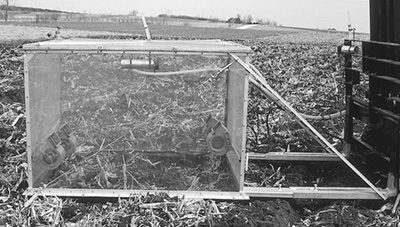No-Till Farmer
Get full access NOW to the most comprehensive, powerful and easy-to-use online resource for no-tillage practices. Just one good idea will pay for your subscription hundreds of times over.

The following article is based on Don Reicosky's presentation at the 2019 National No-Tillage Conference. To watch other presentations from the event, click here.
Retired USDA-Agricultural Research Service (ARS) soil scientist Don Reicosky of Minnesota admits he’s prejudiced against conventional farming and the moldboard plow because of their effects on soil organic matter (SOM), but he says research supports his bias, noting a quote from a colleague that says: “Soil is lost not because we farm, it’s lost because of how we farm.”
“That wisdom from David Montgomery is borne out by work we did in Minnesota that suggests carbon dioxide emissions related to tillage are proportional to the volume of soil disturbed,” Reicosky told his audience at the 2019 National No-Tillage Conference in Indianapolis.
The career agronomist says a cloud of CO2 rises behind any tillage tool and explains that the invisible gas is indicative of organic matter loss in the soil, a loss that negatively affects soil fertility, water infiltration, soil biology and overall soil structure.
“Long-term studies from the late 19th century to about 2000 in Illinois and Missouri show, regardless of cropping systems, land on research plots farmed continuously over more than a century have shown steady declines in SOM,” he says.
Reicosky says he thinks tillage is the prime suspect in the carbon loss shown in the Illinois and Missouri studies, along with similar findings at other land-grant universities, because significantly less carbon is lost in the systems with…